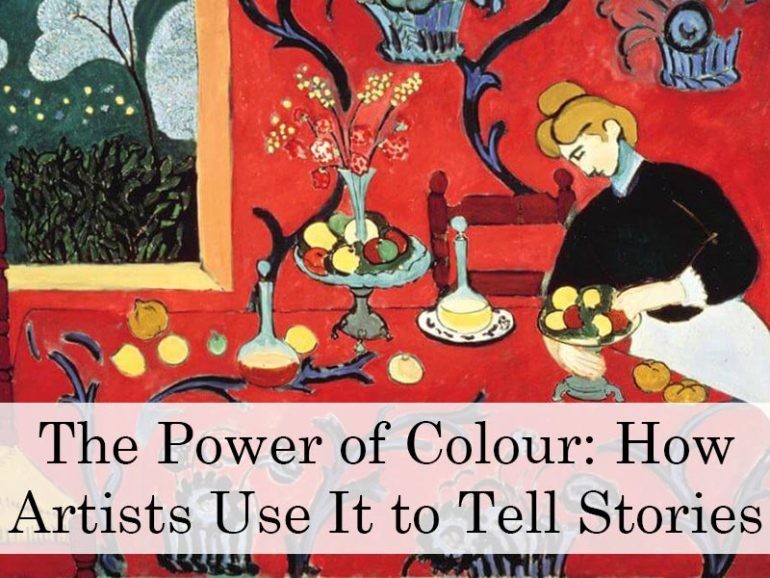Colour is one of the most powerful tools in an artist’s arsenal. From the vibrant reds of passion to the serene blues of calm, colours evoke emotions, create atmosphere, and communicate meaning. Throughout history, artists have used colour not only to enhance their works but to tell complex stories and guide the viewer’s experience.
Why Is Colour So Important in Art?
Colour affects us on both a psychological and emotional level. It can:
- Convey Mood: Warm colours like red and orange can evoke energy and excitement, while cool colours like blue and green suggest calm and tranquillity.
- Highlight Key Elements: Artists use contrast and saturation to draw attention to specific areas of a composition.
- Symbolise Ideas: Different cultures and periods have ascribed meanings to colours, from purity to power.
- Create Harmony or Tension: The way colours interact can produce a sense of balance or dynamism.
Artists throughout history have understood these principles and used them to create powerful visual narratives. Here are five iconic artworks where colour takes centre stage, demonstrating its storytelling power.
1. Henri Matisse – The Red Room (1908)
Matisse was a master of using bold colours to evoke emotion. In The Red Room, the vibrant red walls dominate the painting, creating a sense of warmth and intimacy. The flat application of colour emphasises the decorative qualities of the scene rather than its realism.
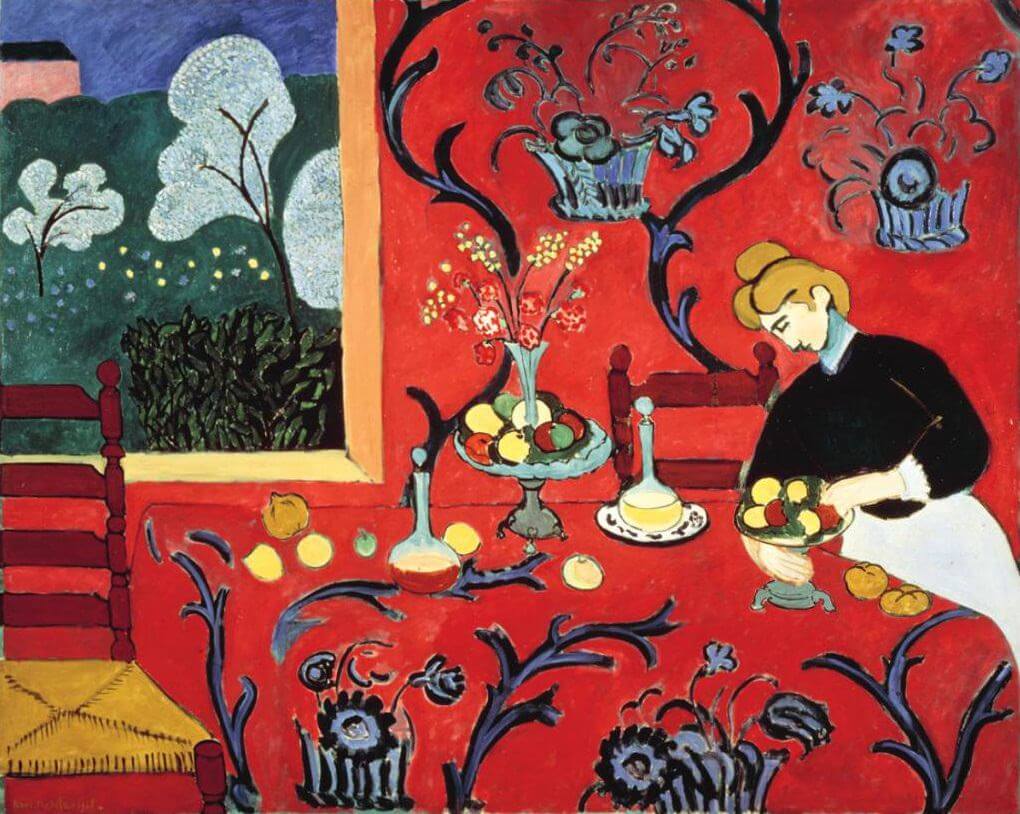
2. Vincent van Gogh – The Starry Night (1889)
Van Gogh’s use of colour in The Starry Night is both expressive and symbolic. The swirling blues of the night sky convey a sense of movement and emotion, while the bright yellow stars suggest hope and light amidst darkness. His contrasting colour palette adds to the painting’s intensity.
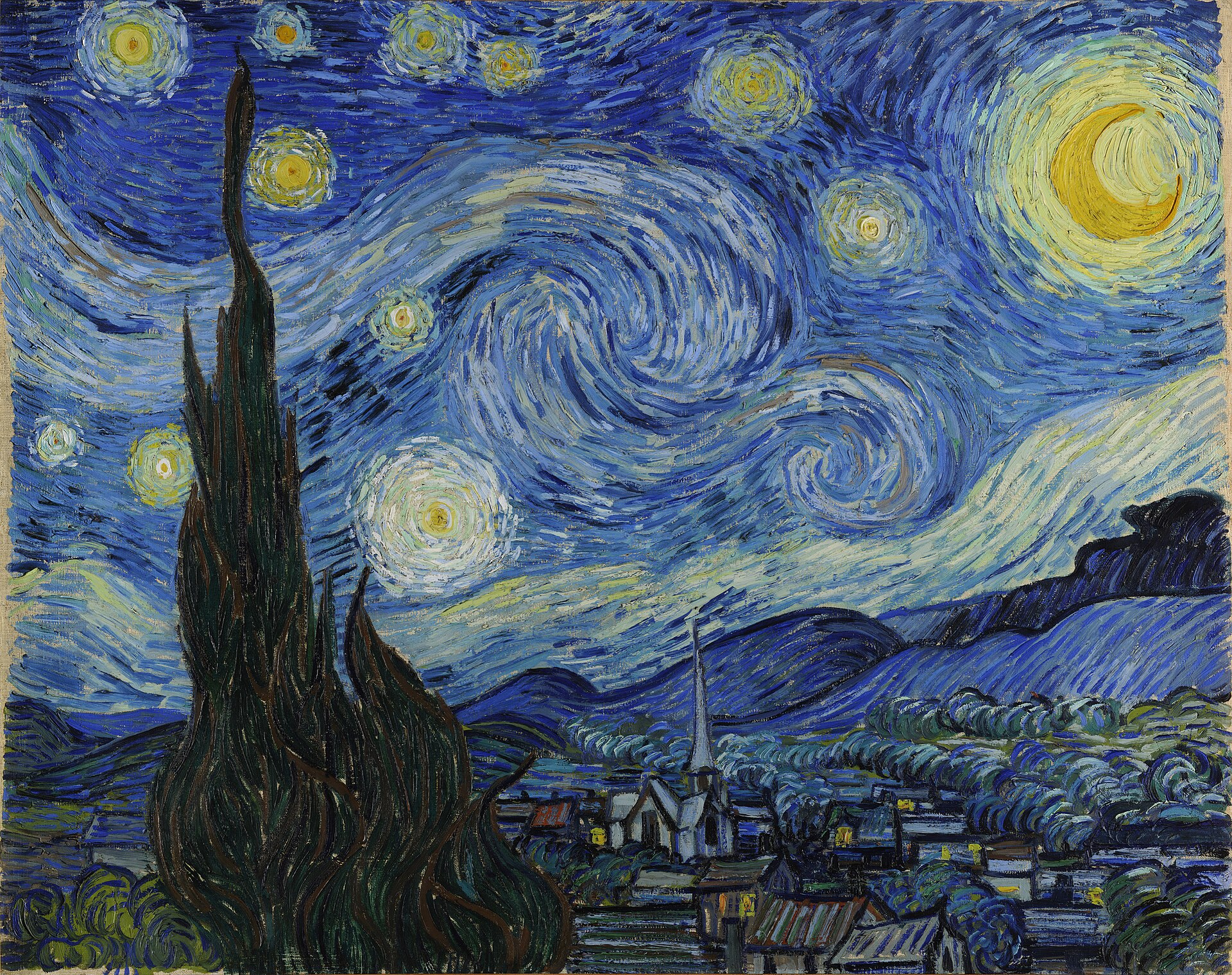
3. Mark Rothko – Orange and Yellow (1956)
Rothko’s abstract works rely entirely on colour to convey emotion. In Orange and Yellow, the large blocks of warm tones create a sense of calm and introspection. Rothko believed colour could evoke spiritual experiences, and his minimalist approach invites deep personal reflection.
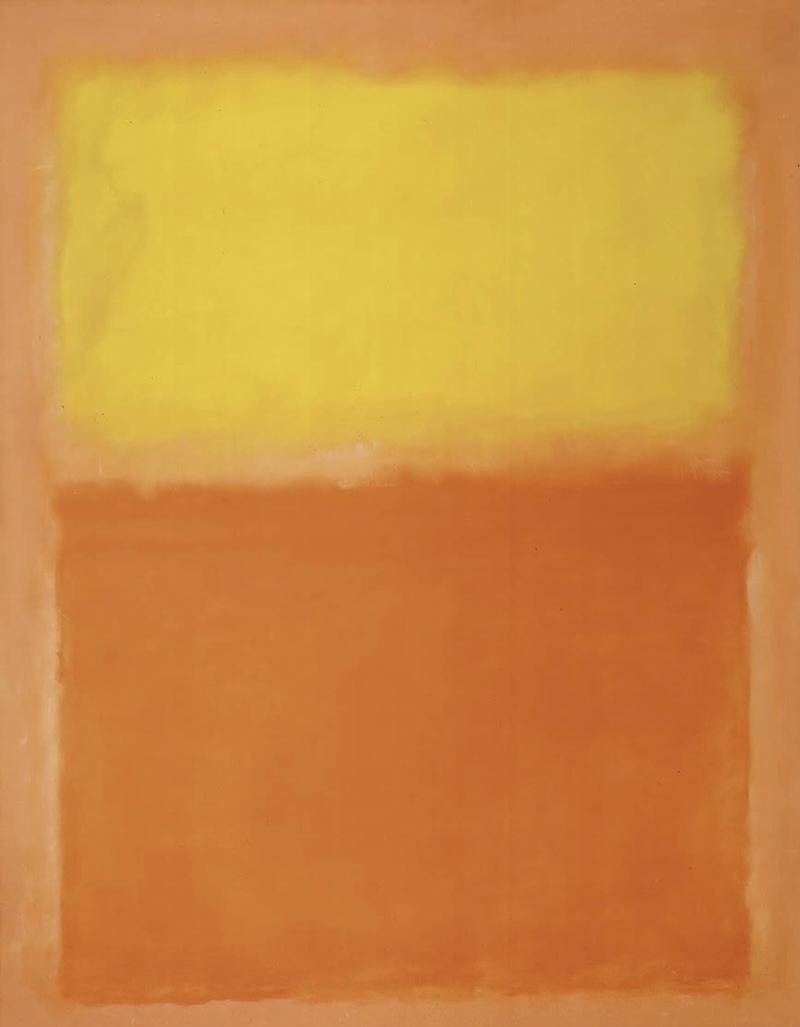
4. Pablo Picasso – The Old Guitarist (1903–1904)
Painted during Picasso’s Blue Period, this work uses shades of blue to evoke sadness and isolation. The monochromatic palette amplifies the melancholy tone of the painting, reinforcing the subject’s loneliness and despair.
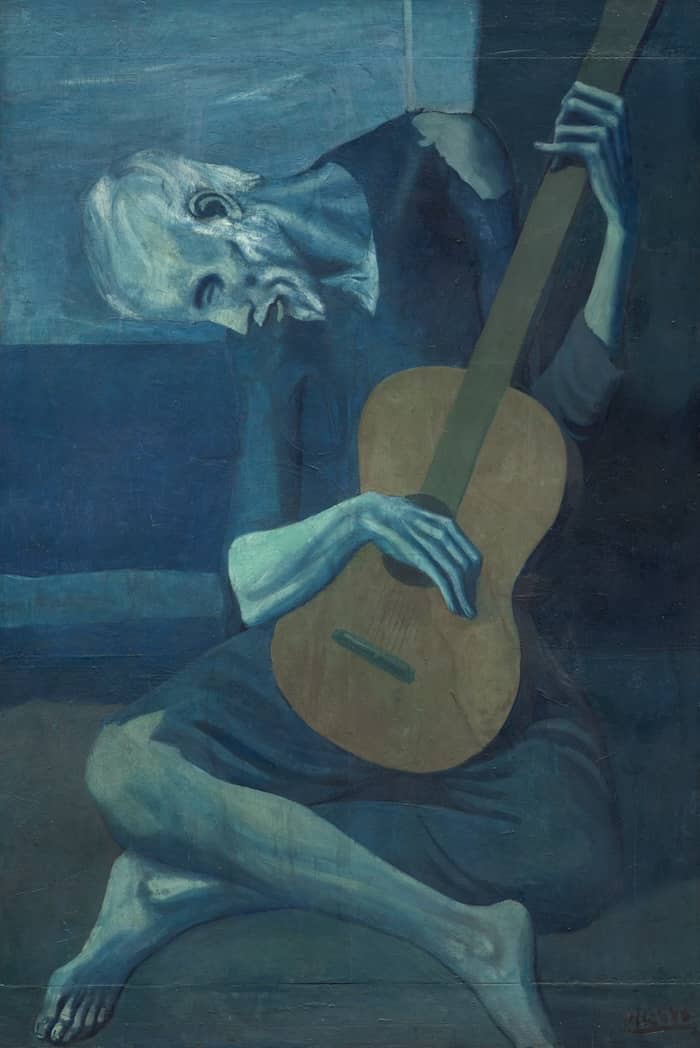
5. Claude Monet – Impression, Sunrise (1872)
Monet’s use of colour revolutionised art. In Impression, Sunrise, the soft blues and greys of the water contrast with the glowing orange of the sun, capturing the fleeting effects of light and atmosphere. His innovative use of colour laid the groundwork for Impressionism.
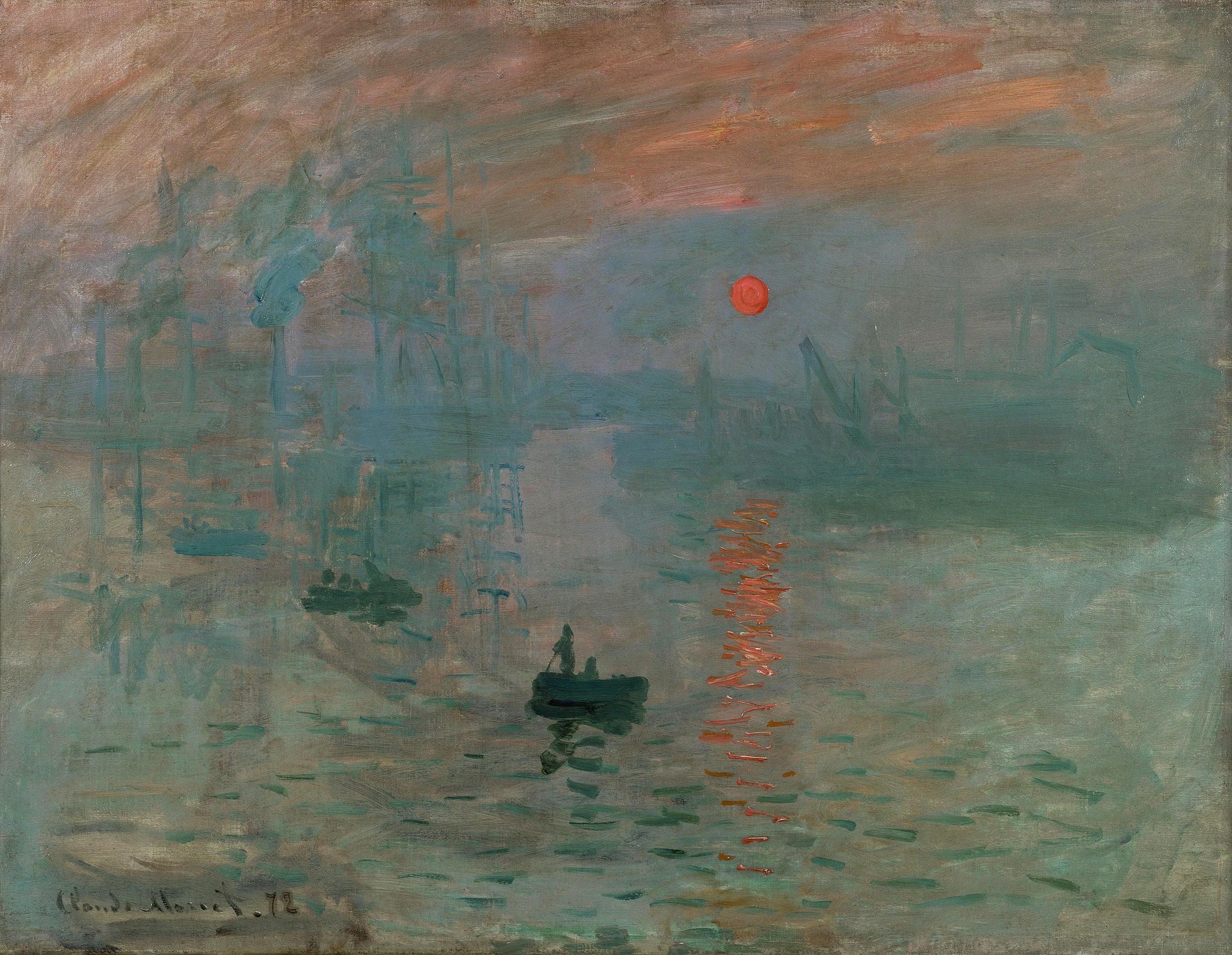
How Do Artists Use Colour Effectively?
- Contrast and Complementary Colours
By pairing opposites on the colour wheel, such as blue and orange, artists can create visual tension or excitement. - Colour Symbolism
In medieval art, gold represented divinity, while red often symbolised passion or sacrifice. Contemporary artists continue to use colour to convey layered meanings. - Shades and Tones
Artists manipulate the intensity and brightness of colours to suggest depth, light, and texture. - Cultural Context
The meaning of colours varies across cultures. For example, white is associated with purity in Western traditions but with mourning in parts of Asia.
Why Does Colour Matter in Art?
- Emotional Impact: Colour speaks directly to our emotions, often bypassing logic.
- Visual Interest: A well-chosen colour palette draws viewers in and holds their attention.
- Universal Language: Colour can communicate ideas and emotions that transcend language barriers.
For budding artists, understanding colour theory is essential. It opens up endless possibilities for creative expression and storytelling.
Further Reading
- The Tate – Colour in Art
- Khan Academy – The Power of Colour
- The Met – Colour Theory in Art
- Colour Matters – Symbolism and Psychology of Colour
Colour is more than just a visual element; it’s a powerful tool that can transform a piece of art. From Matisse’s bold use of red to Rothko’s meditative blocks of colour, artists have harnessed its emotional and symbolic potential for centuries. For students, exploring how colour can tell a story is both a practical skill and an inspiring journey into the world of art.
If you would like to receive a roundup of all of our blog posts once a week to keep you inspired in your inbox, why not sign up to our newsletter. You can access our sign up at the top of our page. If you are a London Art College student and you would like your artwork featured here, drop us a line at any time.

